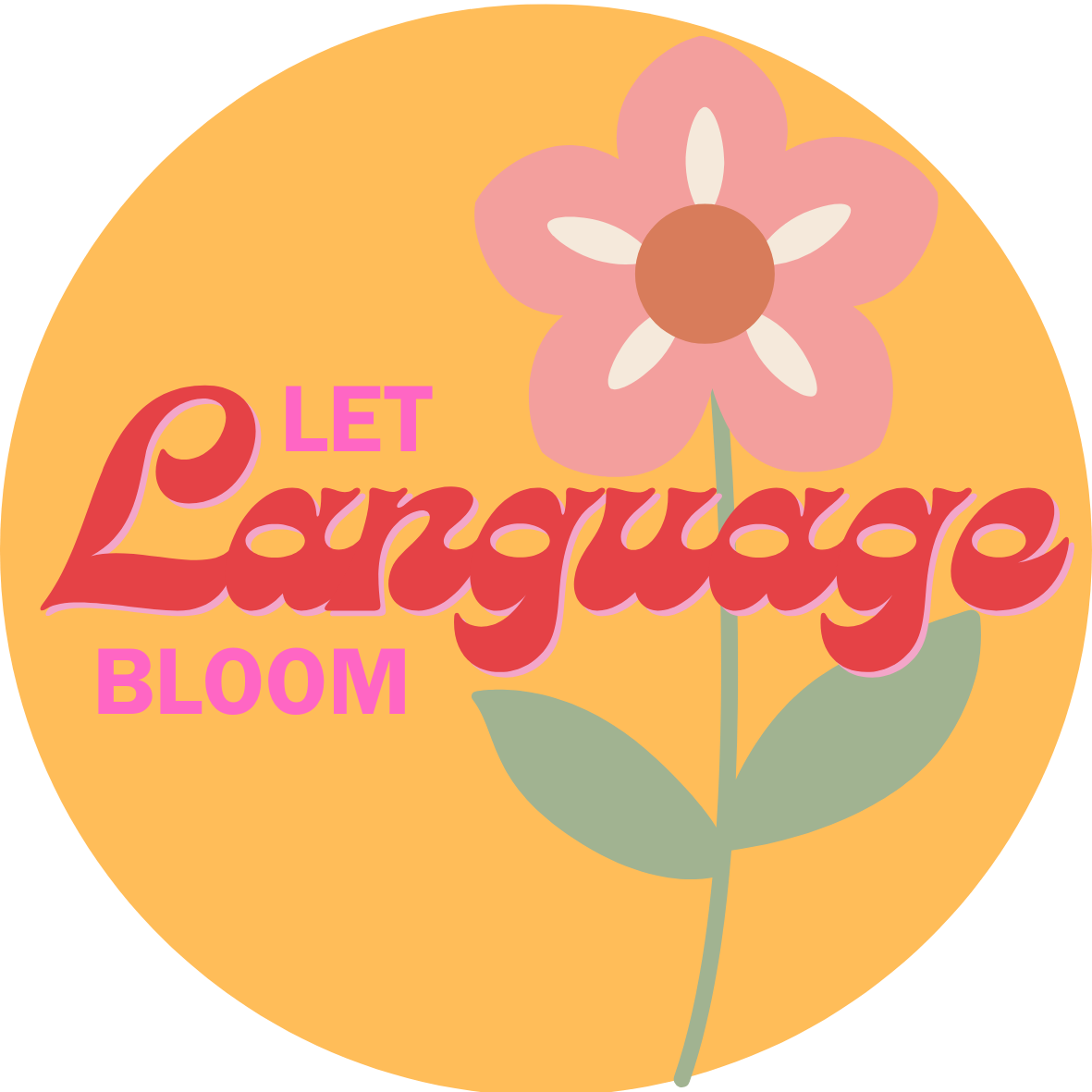Mastering Language Dynamics: A Comprehensive Approach to Functional Grammar, Noticing Language, and Pattern Recognition
Unveiling the Essence of Functional Grammar
Embark on a linguistic exploration by introducing the dynamic world of systemic functional grammar. Through Michael Halliday's "An Introduction to Functional Grammar," establish the foundation for understanding that language is not just a set of rules but a versatile tool for effective communication.
Navigating Social Dimensions: Communicative Intent
Dive into the social intricacies of language using "Language as Social Semiotic" (Halliday & Hasan, 1985). Facilitate discussions on how language choices convey social meanings. Illustrate this concept by analyzing various forms of address in different contexts, revealing the nuanced ways language functions socially.
Transitivity: Decoding Processes and Structures
Navigate the complexities of transitivity, unraveling processes, participants, and circumstances within clauses. Analyze sentences like "She devoured the intriguing novel" to highlight the process, participant (She), and circumstance (intriguing novel). This serves as a gateway to understanding the intricate dance between form and function in language.
Textual Tapestry: Noticing Patterns in Thematic Structures
Transition to authentic texts to uncover patterns in thematic structures and progression. Engage students in activities where they analyze excerpts from diverse genres, such as news articles, short stories, and advertisements. Pose questions that prompt them to notice recurring language patterns serving distinct communicative purposes in different contexts.
Expressive Nuances: Mood, Modality, and Beyond
Deepen language expression by exploring mood and modality. In small groups, dissect sentences like "You should complete the task" to notice the modality indicating obligation. Foster discussions on how such language choices influence tone and contribute to effective communication.
Noticing Language in Action: Embracing Pattern Recognition
Introduce the concept of noticing language, emphasizing the importance of recognizing patterns. Design activities where students actively highlight common patterns, such as -ed or -ing endings. For example, have them identify and categorize verbs in a text based on their tense forms, fostering a keen awareness of language nuances.
Interactive Analysis: Engaging Learners in Language Discovery
Create interactive activities that prompt students to analyze language choices in authentic communication. Develop matching exercises where students connect sentence structures to their intended communicative functions. For instance, they can match declarative sentences with informative or explanatory purposes, promoting active engagement with functional grammar concepts.
Reflective Tasks and Comparative Analysis: Bridging Theory and Practice
Bridge theoretical knowledge with practical application through reflective tasks. Assign comparative analyses where students contrast language choices in their writing with those in mentor texts. Use examples from mentor texts to illustrate effective thematic progression and structure in different genres, fostering a deeper connection between theory and application.
Learning from Errors: Feedback as a Tool for Improvement
Harness the potential of error analysis to refine language skills. Provide feedback on common grammatical errors and guide students in correcting them. Encourage students to notice and correct errors related to verb tense, applying pattern recognition to enhance overall accuracy.
Authentic Materials and Real-World Tasks: Bridging the Gap
Immerse learners in the authenticity of language through real-world tasks. Utilize mentor texts from various genres, such as speeches, opinion pieces, and creative writing, to expose students to diverse language choices. Design tasks that require students to mimic these styles in their own compositions, creating a bridge between theory and authentic language use.
Collaborative Noticing: Learning from Peers
Foster collaborative learning environments where students work together to analyze language patterns. Facilitate group discussions on the language choices in different genres, allowing students to share insights and notice patterns collaboratively. This not only enhances their understanding but also promotes a sense of community in the learning process.
Metalinguistic Awareness: Nurturing Language Insight
Cultivate metalinguistic awareness through class discussions on the relationship between form and function in language. Encourage students to articulate their observations about how specific language choices contribute to meaning, fostering a deeper understanding of the intricacies of language.
Assessment and Revision: Gauging Growth
Develop assessment criteria that evaluate language choices and pattern recognition. Allow for revisions based on feedback, promoting a continuous cycle of improvement. This ensures that students not only understand functional grammar but can also apply it effectively in their communication.
By weaving together functional grammar, noticing language, and pattern recognition, this comprehensive approach equips language learners with the tools they need to understand, apply, and appreciate the dynamic nature of language in diverse contexts.

